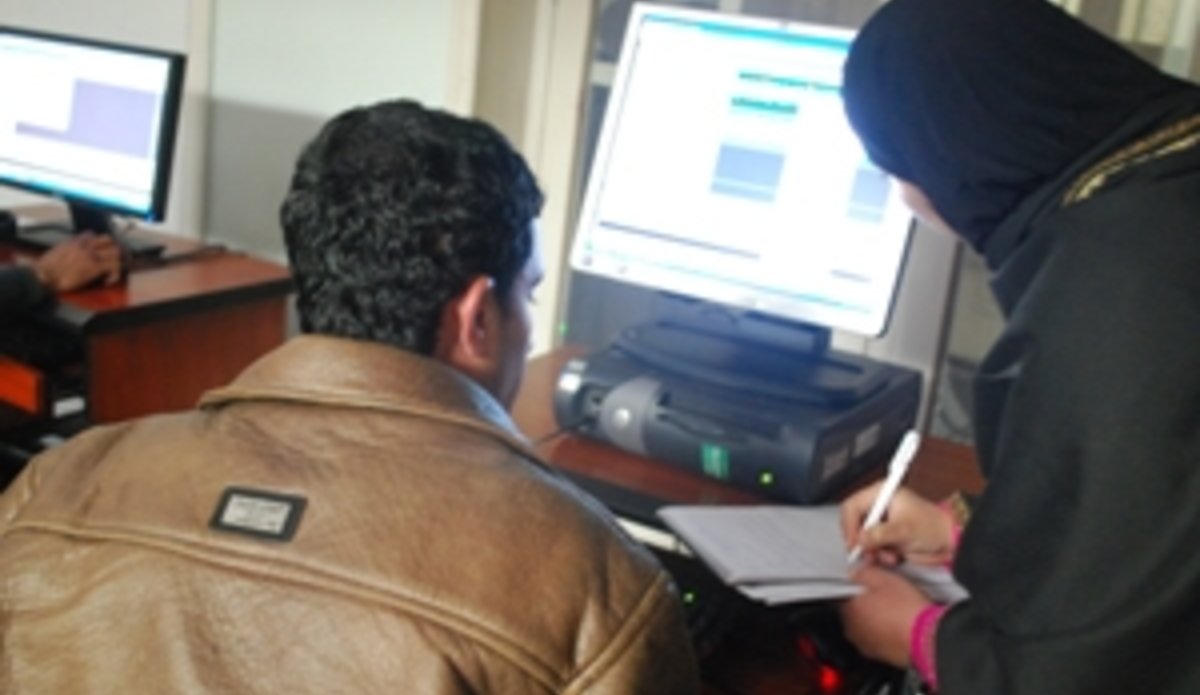New journalism training hub in Jalalabad swings into action
9 March 2010 - Barely a month into its existence, a regional journalism training hub in Jalalabad has already trained 13 broadcast journalists from four provinces of eastern Afghanistan as of last week.
The training hub, one of just two in the country, is run by a local media development organization called Nai.
Nai conducted a series of trainings for local journalists in the lead up to last year’s presidential elections with support from international media development organization, Internews whose mission is “to empower local media worldwide.”
“We want practical training for journalists,” said Parisa Saadatmand of Internews who has been advising the Jalalabad office of Nai. “We just hope for the success,” she added.
The other hub dedicated to training journalists is being set up in Mazar-i-Sharif.
The topics covered in the six-day-long training were, among others, news values and ethics, working for radio, interview skills, technical writing, reading and producing a radio story.
A needs assessment was conducted prior to the establishment of the training hub so as to know how best “we can cater to the people’s needs,” said Ms Saadatmand.
Nai and Internews are working together to develop modules for specialized and basic journalism training.
Also, the hub is going to have a multimedia studio for training soon.
Ziar Samim, 18, one of the youngest journalists to receive the first training at the hub, said he learned in the training that journalism is a “fact job.”
“We learned how radio journalism is different from print journalism,” said Mr Samim, who works for local Spinghar Radio as a reporter covering social and development issues.
Another participant, Hamidullah Hashimi of Jala Radio, said interview techniques and handling equipment were some of the new skills he has learned from the training.
Nai’s two “experienced trainers” – Nazibullah Nayel and Shama Ahmadzai – gave the training to the first batch.
Mr Nayel said the training he gives at the hub is “more focused and in-depth,” adding that the participants are asking for more and more advanced form of training.
“The trainers are amazing and the participants are passionate about their work,” said Ms Saadatmand.
Talking about the participants’ absorption in the training, she said: “I was observing (a practical exercise) on ethical conundrum. They were discussing. One was saying ‘this’ and the other said, ‘No, we should do that.’ And the first one said, ‘Oh, I had never thought about that.’”
Journalists of eastern Afghanistan’s budding media industry – which is much needed in Afghanistan’s transition -- are also upbeat about the newly established training hub.
“Journalists here just have basic skills,” said Abdul Moid Hashimi, vice president of a journalists association in Jalalabad.
Mr Hashimi, who works as a reporter for the Pajhwok Afghan News, said the local journalists need rigorous and in-depth training to hone their skills.
Ahmad Zia Abdulzai, the spokesperson of the Nangarhar provincial governor, hopes that the new training hub will provide “comprehensive” training to local journalists.
“It’s so important to have a training hub for journalists. Some journalists need training on report writing while others need photojournalism and video training,” he said.
One year down the line after the hub trains local journalists, Ms Saadatmand expects to see the media persons do their job “more professionally and with more understanding,” and with more inclusion of women in the media field.
“We also want to see journalists from different regions meet and discuss ethical concerns, challenges and success,” she added.
By Tilak Pokharel, UNAMA
Website: Internews
 UN
UN






